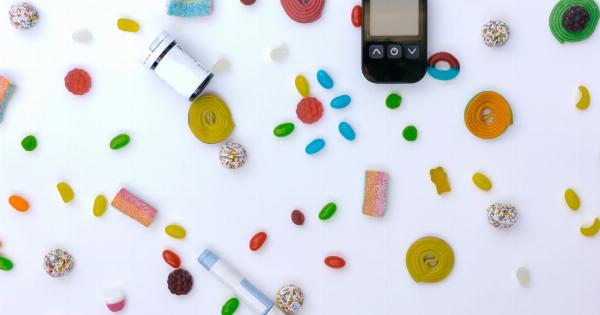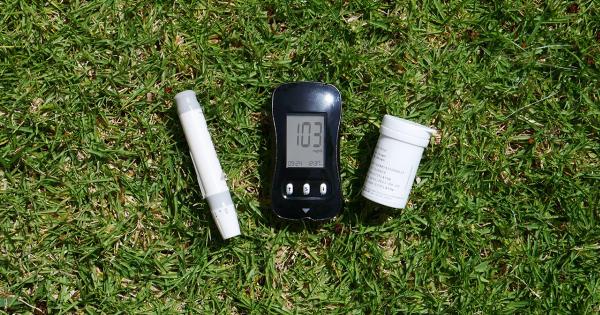The color of semen can vary depending on a person’s health conditions and habits. It can range from white to yellow to brown to even green. Typically, a yellow tint in semen is an indication that something is not quite right.
Yellow semen can be a symptom of several underlying health conditions that may need to be addressed. In this article, we will look at the various reasons why men may have yellow-colored semen.
1. Dehydration
Dehydration is a common cause of yellow semen. When a person doesn’t drink enough water, their urine becomes more concentrated and darker in color. Similarly, a person’s semen can appear yellow if they are dehydrated.
Drinking plenty of water throughout the day can help flush out toxins from the body and improve semen quality. If you are not getting enough water, you may notice that your semen is more yellow than usual.
2. Infection or inflammation
Infections can cause yellow-colored semen. Inflammation of the prostate gland or seminal vesicles can cause an increase in white blood cells. When white blood cells mix with semen, it can turn yellow or green.
These infections can be caused by bacteria, viruses, or other pathogens. Common infections that can cause yellow semen include prostatitis, epididymitis, and urethritis. If you suspect that you have an infection, it’s important to see a doctor right away.
3. Dietary factors
Your diet can also affect the color of your semen. Certain foods and drinks can lead to yellow semen. For example, consuming a lot of caffeine, alcohol, or processed foods can make your semen appear yellow.
These substances can have a negative impact on sperm quality and quantity as well.
4. Medications
The medications you take can also affect the color of your semen. Certain drugs, such as antibiotics, may cause yellow semen. Other medications that can cause yellow semen include those used to treat high blood pressure, depression, and anxiety.
If you are concerned about the color of your semen, talk to your doctor about the medications you are taking and see if they could be a factor.
5. Jaundice
Jaundice is a condition that occurs when there is an excess of bilirubin in the blood. This can cause the skin and whites of the eyes to become yellow. In some cases, jaundice can also cause yellow-colored semen.
This is because the excess bilirubin can be secreted through the semen. If you suspect you have jaundice, seek medical attention immediately.
6. Age and lifestyle
As people age, the color of their semen may change. This is because the prostate gland and other organs involved in semen production may become less efficient with age.
Additionally, lifestyle factors such as smoking and substance abuse can also affect the color of semen. These factors can have an impact on sperm count and quality as well.
7. Retrograde ejaculation
Retrograde ejaculation is a condition in which semen is ejaculated into the bladder instead of out of the penis. This can cause semen to appear yellow in color.
Retrograde ejaculation can be caused by diabetes, multiple sclerosis, or surgery to the prostate or bladder. If you think you may have retrograde ejaculation, see a doctor as soon as possible.
8. Sexually transmitted infections
Sexually transmitted infections (STIs) can also cause yellow-colored semen. STIs such as gonorrhea and chlamydia can cause inflammation and infection of the reproductive organs.
This can lead to yellow semen, as well as other symptoms such as pain during urination, discharge, and fever. If you suspect you have an STI, seek treatment right away.
9. Stress
Stress can have a major impact on the body. It can cause a range of physical and emotional symptoms, including changes in semen color. When a person is under stress, the body releases hormones that can affect the quality and quantity of semen.
This can lead to yellow semen in some cases. Finding ways to manage stress, such as through exercise, meditation, or therapy, can help improve semen quality.
10. Cancer
While it is rare, yellow semen can be a symptom of testicular cancer. Other symptoms of testicular cancer can include lumps in the testicles, pain or discomfort, and swelling.
If you notice any of these symptoms, it’s important to see a doctor right away.





























